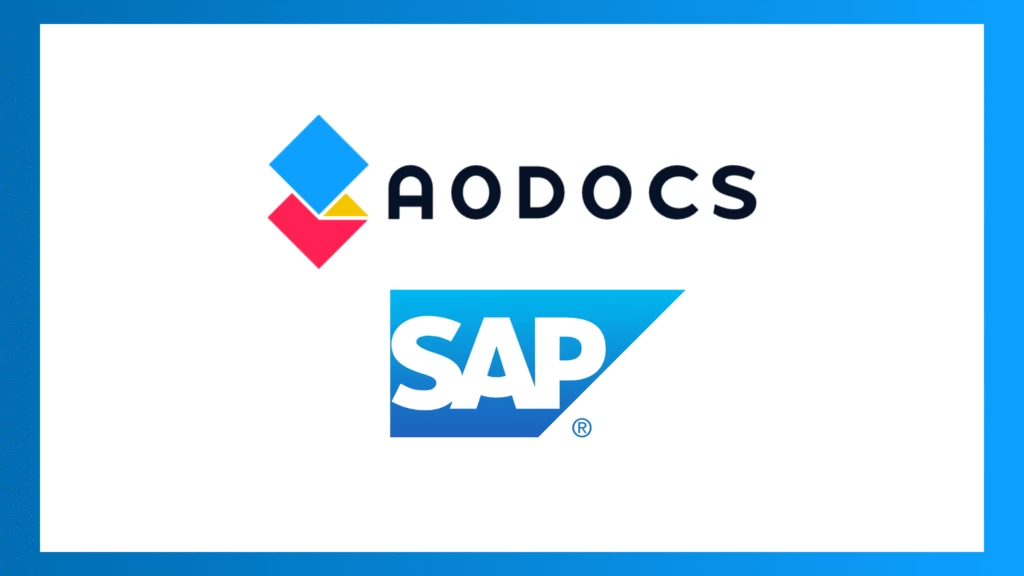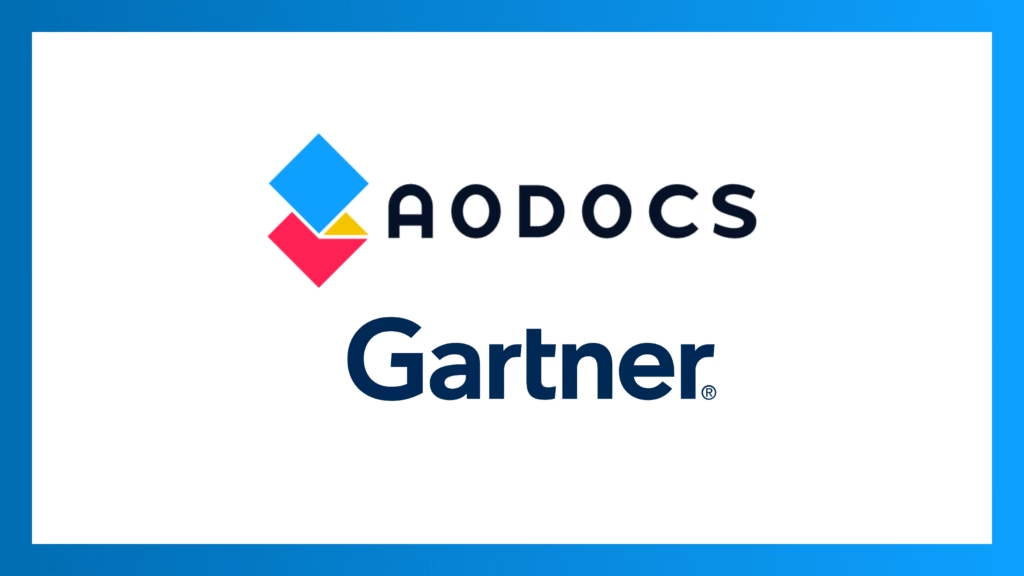We’re not done with the document security tips just yet. If you missed our previous articles on training your users and network and infrastructure security, give them a read.
For the third installment, we’re going to focus on how centralizing your documents on the right platform (“right,” being the important word) makes it easier to protect them. Why? Well, when you have your files in one place, it’s easier to manage them, back them up, and keep your system security up to date.
Still not convinced? Here’s why you should become a believer.
Believe it or not, centralization is safer
Files are far more secure and easier to manage when they’re all in one central location that is controlled by your organization. Why? The reason is simple: the more places that you have your files and documents stored, the bigger the chance that they will be comprised. Not every document management system can afford to invest in the latest security measures. Each new place that you put your documents only helps to increase your susceptibility to a data breach.
I know what you’re thinking, “What if the platform where I’ve centralized all my files gets hacked?” That’s why it’s incredibly important to choose the right storage platform. This is where the public cloud comes to the rescue. As we previously covered, many public cloud providers, like Google, have advanced security systems and teams of security experts working around the clock to keep your sensitive information safe.
The perks of centralizing your documents in the public cloud don’t end there. Cloud solutions help you to centralize file access permissions as well. Unlike traditional internal processes that expose sensitive documents to security risks, public cloud platforms allow you to control access to documents, negating the risk of a file being shared with the wrong person. That control is still there when you’re sharing documents with external users. In a nutshell, you can share files with tools like AOBox (If you want to learn more about how it works, you can read up on it here) to make sure that only authorized users can access them regardless of which platform they personally use.
Centralizing files in the cloud also means that data doesn’t need to be stored on physical devices like USB keys, phones, or laptops. It’s not uncommon of these devices to be lost or stolen. Those odds become even greater when you’re traveling or running between meetings. If you have all of your files saved directly on your device, there’s an obvious problem. If you lose it, those files are gone. If it gets stolen, you’re in even bigger trouble
With the cloud, devices become disposable. You’re able to revoke the access of a lost or stolen device as soon as it goes missing and wipe it without losing any sensitive work-related data. What’s even better is that you can be up and running again in only a few minutes.
Keeping it current
Most security vulnerabilities are quickly fixed by software vendors. The same can’t be said for the companies who use that software. 26% of them ignore security updates because they don’t have the time to apply them. Obviously, that’s a big issue.
This is most common in organizations who use traditional business platforms like Microsoft Office. Why? Well, there are two main reasons: coordination and disruptions. Generally, these updates depend on organizing the installation processes with multiple departments. On top of that, the software often has to go offline when the update is being installed. So, in the end, many IT teams delay critical updates to avoid making the CEO angry about not being able to use Excel for an hour.
On the other hand, public cloud solutions do all their updates in the background. Google, for example, uses a combination of dedicated vulnerability management, malware prevention, and monitoring teams and advanced antivirus programs to identify malware that may have been missed by others. When they find something that needs to be fixed, they apply the update right away. The thing is, you’ll never notice it because there won’t be any interruptions when they’re installing those security patches.
Back it up
You should always be prepared for the worst-case scenario. That’s why you need to backup your documents. Of course, we hope that you’ll never need to use those backups but it’s always a good idea to have your bases covered, just in case. If you have secure backups in place, you won’t need to worry about getting locked out of your files (or losing everything) if you fall victim to a security breach.
With the public cloud, you can be sure that your data is backed up and encrypted. Encrypting backup files adds an extra layer of protection because it makes sure that someone else (like hackers) can’t encrypt them and hold them at a ransom.
Then, there are people. People aren’t perfect. That’s why you also need to protect yourself against human error. Sometimes employees accidentally delete important things. Imagine if someone edited your go-to PowerPoint presentation and removed all of the best slides. Your slides are gone and, unless you have a backup, there’s no getting them back. With the public cloud, you can customize document access settings and, miraculously, see previous document versions. That means that you could get all your favorite slides back.
So, centralizing your files is going to help you on a lot of fronts. However, you’re not in the clear just yet. The security tips are far from over. Come back next week for our final article covering compliance, file permissions, and audit monitoring. If you’re a bit antsy, you can also download our entire document security white paper right now instead.
AODocs Cloud Content Services Platform
AODocs is a content services platform designed to modernize the way businesses work – offering a low code environment to build content-rich applications, powerful automation and workflows, and business applications with comprehensive security and compliance capabilities. Discover how AODocs helps IT departments safe-guard company documents and facilitate collaboration in a flexible, easy-to-audit environment.



